
Standing in front of Egypt’s Great Pyramid, I was pinching myself. Not only was this one of the world’s most famous landmarks, but it was so much bigger than I had imagined! And I was about to go inside this Ancient Wonder of the World!
We have all seen countless photos of the pyramids – and I will admit I was prepared to be underwhelmed. However, I was so wrong! My friends & I agreed that seeing the Pyramids up close & personal was truly awe-inspiring!
I visited Egypt in March 2025 on an Overseas Adventure Travel (OAT) tour. We started the 2-week tour with two days in Cairo, followed by a 5-day Nile River cruise. The whole trip was excellent & one that I highly recommend!
About This Blog Post
In this blog post, I will describe our visit to the Pyramids of Giza, including an unforgettable walk inside the Great Pyramid to the King’s Chamber. We also visited the impressive Great Sphinx and enjoyed a short camel ride with the three neighboring pyramids as our scenic backdrop.
Whether you’re an “armchair traveler” or someone who still has Egypt on their bucket list, I will share what the experience is really like. Of course, I hope to inspire you to make a trip to this most fascinating part of the world!
The Pyramids of Giza
The Great Pyramid is one of the Seven Wonders of the Ancient World – and the only one still standing! This cluster of 3 large pyramids is located on the Giza plateau, on the western edge of greater Cairo. Note: Giza is a city in its own right, but was absorbed by the sprawling Cairo metropolis quite a while ago.
The Giza pyramids were built around 4,500 years ago during Egypt’s “Old Kingdom” era. Even today, much about the Pyramids is unknown or yet to be discovered. This includes how the pyramids were built with such precision – a feat that seems almost impossible!
Why build pyramids? Egypt’s pharaohs expected to become gods in the afterlife. So, to prepare for the next world, they erected temples to the gods they worshipped and built massive pyramid tombs for themselves. The tombs were filled with all the things each ruler would need to guide and sustain themselves in the afterlife.
These huge mausoleums were devoted to a single pharaoh! Plus, a “funerary temple” was built at the east base of each pyramid where the pharaoh would be worshipped after his death.
Our Visit to the Giza Pyramids
It was only a half-hour drive to the Giza plateau from our hotel in central Cairo. Our OAT tour group numbered 14 travelers plus Ayman, our excellent Tour Leader. He was from Cairo with an impressive PhD in Egyptology and archeological digging!
As we approached the Giza plateau by bus, we caught our first glimpse of the Great Pyramid looming in the near distance. We all gasped with excitement & anticipation!
After parking in a lot filled with other tour buses, we followed Ayman to the main entry. Showing our tickets (and going through security to scan our bags), we entered the Giza complex for the big moment – our first look at the Great Pyramid up close (photo, above right)!
About The Great Pyramid of Khufu
The first Giza pyramid was built for the pharaoh Khufu (also called Cheops). He was the second pharaoh of the 4th Dynasty, in the “Old Kingdom” period. He reigned circa 2589-2566 BCE. This Great Pyramid was built around 2600 BC, over a period of ~ 25 years.
Originally, the pyramid stood 146 meters high. However, due to the loss of its limestone casing and centuries of wind erosion, the Great Pyramid now measures 9 meters shorter. It’s made up of an estimated 2.3 million stone blocks, each weighing 2.5 tons. Incredíble!
These Giza pyramids were primarily constructed of local limestone blocks. However, other types of stone were used – white limestone from Tura for the casing and granite from Aswan. Those non-local stone blocks were transported here by boat on the Nile.
Visiting the Great Pyramid
Our OAT tour included the general entrance ticket to the Giza plateau complex. However, a visit to the King’s Chamber inside the pyramid requires a separate ticket – which costs 1500 Egyptian Pounds (EGP) (~$30 USD). Of course, all our group was interested in doing this unique experience!
As we got close to the Great Pyramid, Ayman noted that the line to walk inside the pyramid to the King’s Chamber was short. So, he recommended we do this now since the crowds & line would only get larger as the day went on.
We were ready, so Ayman pointed us in the right direction. We climbed up the pyramid’s large stone steps that led to the tunnel-type entrance for the King’s Chamber (above left).
There, we waited in a short line of only 5 minutes. It was 9:10am when we showed our special ticket and entered the passageway known as the Grand Gallery (above right).
The Grand Gallery & King’s Chamber
There are three known chambers within the Great Pyramid. The lowest was cut into the bedrock upon which the pyramid was built and has remained unfinished. Above ground are both the Queen’s Chamber (not open to visitors) and the King’s Chamber.
- Main Entrance #1= Al-Ma’mun Corridor / #2 – North Face Chevron
The Grand Gallery is a 47-meter-long stone passageway that connects the King’s Chamber with the outside. It is narrow, steep and with a low ceiling in parts.
People who suffer from claustrophobia or physical mobility issues or medical conditions like heart or asthma are warned that this experience might not be for them!
And yes, this was quite the adventure! When we first entered the pyramid, we walked for a short distance on a flat stone floor (below left). Soon, we began to climb on a narrow wooden passageway with railings.
- Credit: Travelmate Dave Lampert
This was mostly a single track – so as we were going up, people were coming down! Did I mention that it was narrow? And for some reason, the lights inside were not on in many areas, so we were using our cell phones or flashlights to help light the way.
- Credit: Travelmate Dave Lampert
- Credit: My Egypt OAT tour guide Ayman Amin
The photos will give you a good idea of the experience. There was one area where the passageway had separate paths for the up & down visitors. Plus, in a couple places, we had to climb up to the next level using narrow metal steps.
As we got close to the King’s Chamber, the last section was short, but the ceiling was quite low – around 3 feet high. Thus, you really had to bend over as you walked!
The King’s Chamber
It took us around 15 minutes to arrive at the King’s Chamber. It was warm & stuffy in this small, dark & pretty barren stone chamber. But we had made it!
We didn’t stay long but we made sure to get some fun group shots to document that we had, indeed, been deep inside the Great Pyramid.
- Photo Inside King’s Chamber with Sarcophogus / Credit: Inside Egypt
- Our Group Photo Inside the King’s Chamber
The King’s Chamber still contains King Khufu’s sarcophagus, which is empty & missing its lid. No one knows where the king’s remains might be! The sarcophagus was made from a single piece of pink granite and measures around 2.6 meters (8.5 ft) in length.
- Credit: Travelmate Dave Lampert
The King’s Chamber is made entirely of pink granite from Aswan! It measures 10.5 meters by 5.2 meters and is 5.8 meters high.
It was a great feat of Egyptian tomb architecture & engineering to build such a chamber deep within the pyramid – and to be able to resist an enormous amount of pressure from all the stone blocks above.
Great Pyramid Tourist Photos / Solar Boats
Leaving the King’s Chamber, the route was the same way down through the Great Gallery. The passageway was still tight, narrow and a bit warm, but it was downhill! We exited the pyramid at 9:40am, feeling quite proud of ourselves!
Yes, it had been challenging – mostly the tight spaces part – but really fun & so worth it! We had certainly earned the bragging rights that we had been “deep inside” the Great Pyramid!
Ayman was waiting for us. We headed over to the southwest corner of the Pyramid where Ayman gave us the “About the Great Pyramid” talk!”
Then, we took a variety of group photos to remember this special day. Local “tourist photographers” were there, ready & happy to take your photo (with your camera or phone) – for a tip, of course. They were certainly skilled on how to take fun, classic pyramid shots! (Me, below right)
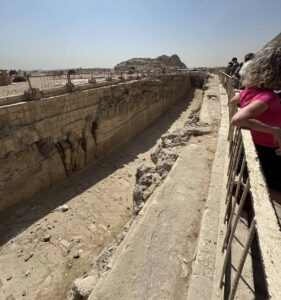
These solar boats were buried with additional supplies needed for the transport of the pharaoh’s soul to the afterlife!
This particular boat is now exhibited in the Grand Egyptian Museum (GEM).
Pyramid of Khafre
After our visit of the Great Pyramid (for a total of 1.5 hours), we got back on the bus for a short drive to the camel riding area. It took us past the other two pyramids.
First was the Pyramid of Khafre, built around 2520 BC for Khufu’s son Khafre. This pyramid may look taller than the Great Pyramid, but it’s a little bit shorter at 136 meters tall. This is due to an optical illusion with the pyramid of Khafre standing on higher ground.
- Great Pyramid- on left/ Pyramid of Khafre – right
- Great Pyramid on left / Pyramid of Khafre on right
These pyramids were originally covered in a smooth white limestone casing, which caused them to gleam in the sun. They must have looked amazing in the days of the pharaohs!
The Pyramid of Khafre is the only one still capped with its original polished limestone. Over the centuries, this casing was stripped from the pyramids and taken to Cairo for use in its palaces and mosques.
Pyramid of Menkaure
The next pyramid was built by Khafre’s son, Menkaure around 2490 BC. He reigned c 2532-2503 BCE but died before the structure was finished. This elaborate pyramid complex includes three individual queens’ pyramids. (Photo, below left)
- Map Credit: AERA (Ancient Egypt Research Associates)
This pyramid is considerably smaller than the other two, with only around one tenth of the bulk of the Great Pyramid. In addition, it is only 62 meters high (originally at 66.5 meters!) – so less than half their height.
Camel Riding on the Giza Plateau
The road led us to the “camel riding” area, which was bustling with activity. Ayman first walked us to a small hill with nice views of the three pyramids below – so we could take more photos.
Ayman had arranged for our camel rides with Hossam, the “local rep” there. We learned that Hossam works with his father who owns around 200 camels! You could call him a “camel mogul”!
My friends Arial & Sherry are experienced equestrians! It was not the usual request, but Ayman had arranged for them to enjoy a horseback ride instead. So, we watched them take off on their horses, with a young boy leading them around the sandy, desert landscape.
My Camel Ride
Now, it was time for our camel ride – which 7 of our group opted to do, including me! I had enjoyed my first camel ride a few years ago in Morocco on a beautiful sand dune in the Sahara Desert region – and it was great fun!
My group had four riders. After mounting our camels, a couple young boys led our camels by a rope through the rocky sand.
We stopped a short distance away so the boys could take our photos. Just like the other photographers at the Great Pyramid, the boys had a few photo gimmicks up their sleeves. (Above left)
We continued the camel ride just a little bit longer and then returned to where we started. The entire ride lasted only about 20 minutes – and cost $10 USD, including tip.
- “Jumping for Joy” Photo Credit: Deb Deshais
- Sherry & Arial with Hossam
Yep, it’s a touristy experience. But how could we pass up the opportunity to ride a camel with the famous Giza pyramids in the background!
The Great Sphinx of Giza
Final thrill of the morning – a visit to the Great Sphinx! It was 11:45am when we departed for a short drive “down the hill” where the sphinx was waiting for us! The road first passed along the other side of the pyramids, close to the Pyramid of Menkaure.
First a little information about the Great Sphinx…
The Great Sphinx has the body of a lion and the head of a pharaoh. It is among the world’s largest sculptures, measuring some 240 feet (73 meters) long & 66 feet (20 meters) high!
The ancient Greeks called this monument “Sphinx” because it resembled their mythical monster – which was famous for posing riddles to travelers and killing anyone unable to answer them. Luckily, we modern travelers don’t have to worry about that anymore!
The Sphinx spent thousands of years buried in the desert sand, with only its head visible! The first modern excavations began in the early 1800s, though the Sphinx was not fully uncovered until the late 1930s.
Our Visit to the Great Sphinx
Our bus parked down below. From here, Ayman began our tour of the Great Sphinx. We started on a small hill with the classic view of the sphinx with the pyramids behind.
- Entrance to Khafre Temple – left side of photo
- Credit: DepositPhotos
Then we headed down to the Khafre Valley Temple which is how you access the Sphinx through the temple’s front entrance.
This temple is filled with beautiful pink-granite stones and columns. Ayman pointed out how these stones fit together perfectly, without mortar – another testament to the skill of the ancient Egyptian builders.
We exited out the other side of the temple to walk along a sandy pathway which ran parallel and above the pit where the Sphinx was sitting peacefully on its haunches! From here, we got different views & perspectives of this impressive ancient sculpture.
The Pharaoh’s Head of the Sphinx
It is not entirely certain which pharaoh the head of the sphinx is meant to portray. However, scholars believe it was probably chiseled out of the sandstone bedrock during the reign of Khafre.
A couple other mysteries about the Sphinx also relate to its head. The missing nose was most likely broken off by a religious zealot in the late 14th century.
As for the “ceremonial false beard,” part of the pharaoh’s fallen beard was discovered during excavations in 1817. A fragment is now on display in the British Museum in London!
To the north of the sphinx, you can see the nearby pyramids. Just to the south is a small town. Ayman told us that tunnels lead underground from the Sphinx into this nearby village. (Photo, below right) Apparently, they will soon be vacating this town so they can excavate in the hopes of finding more archeological gems.
Time to Say Our Giza Goodbye
On our way back to the bus, we passed a “field of lounging camels.” I assume they were waiting for their next tourist ride either here or up at the pyramids.
The time had come to say goodbye to this amazing place of Ancient Wonders – the Giza plateau with the Great Pyramid & the Sphinx. Not to mention plenty of cute camels. We all agreed that this had been an incredibly special visit we would always remember!
Comments: Have you visited Egypt & the Pyramids? What did you think? If not yet, is Egypt on your Travel list?
Want to Know More About the Pyramids?
Check out this excellent National Geographic article by Brian Handwerk entitled: “How Were the Pyramids Built? Here’s What Archeologists Know.” Click here to read.
Information About the Ancient Egyptian Kingdoms of the Pharaohs
(taken from the Overseas Adventure Travel (OAT) Egypt Handbook)
In 3200 BCE, King Menes unified Upper and Lower Egypt into a single kingdom, starting a 3,000- year stretch of rule by royal dynasties.
Historians further divide these 3,000 years into four main time periods: the Early Dynastic Period (the time of Menes); Old Kingdom (c. 2613-2181 BCE); Middle Kingdom (c. 2055-1786 BCE); and New Kingdom (c. 1567-1085 BCE). The gaps between the kingdoms are called the “intermediate periods”.
Then in about 2360 BCE, the pharaoh Djoser asked his chief architect and priest Imhotep to design a funerary monument for him; the result was the first of its kind—the Step Pyramid at Saqqara. The age of the pyramids had begun, and with it, the Old Kingdom. This was a time of prosperity, peace, and above all, pyramids.
But the ambitious building programs depleted the royal coffers, as did a 50-year drought that started about 2200 BCE. The pharaoh’s power waned, and the Old Kingdom split apart into warring states ruled by independent nobles.
This first intermediate period lasted for about 150 years, during which buildings, roads, and irrigation systems—as well as Egyptian society itself—began to deteriorate.
After a long struggle between the smaller states, the rulers of Thebes (a religious city close to modern Luxor) re-unified Egypt in about 2055 BCE. This was the Middle Kingdom, and for the next two centuries, Egypt once again enjoyed a period of great peace and prosperity.

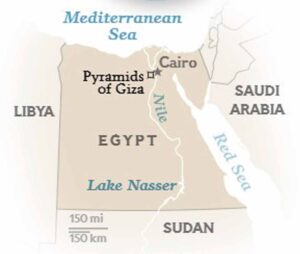

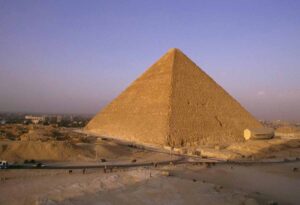
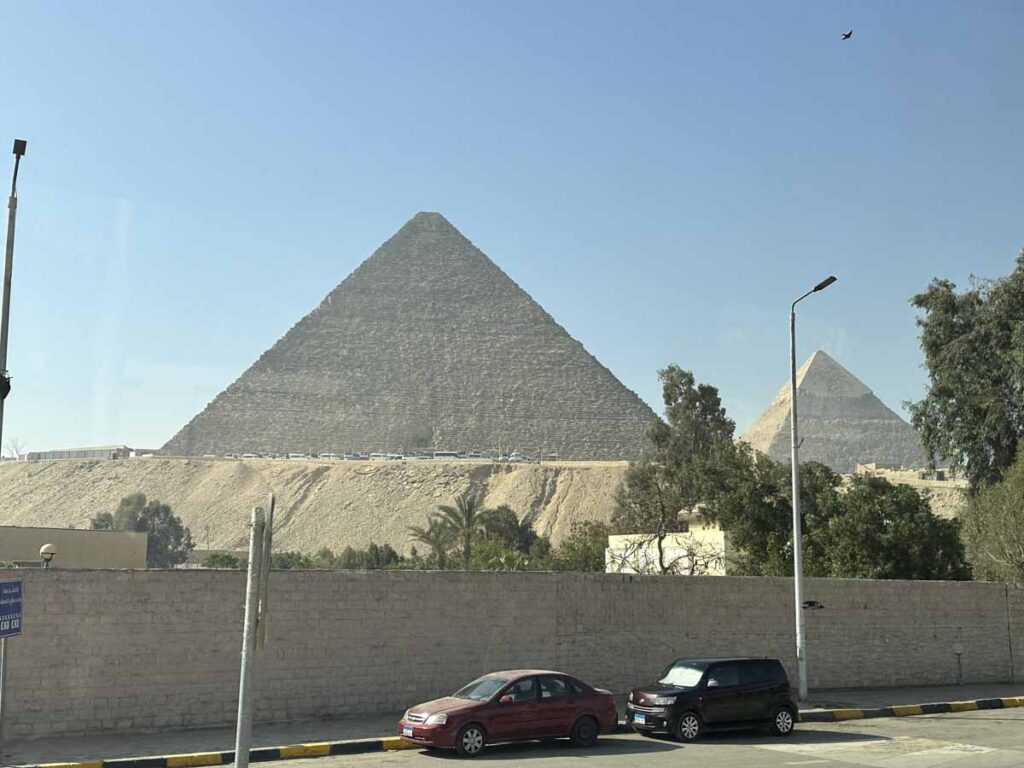
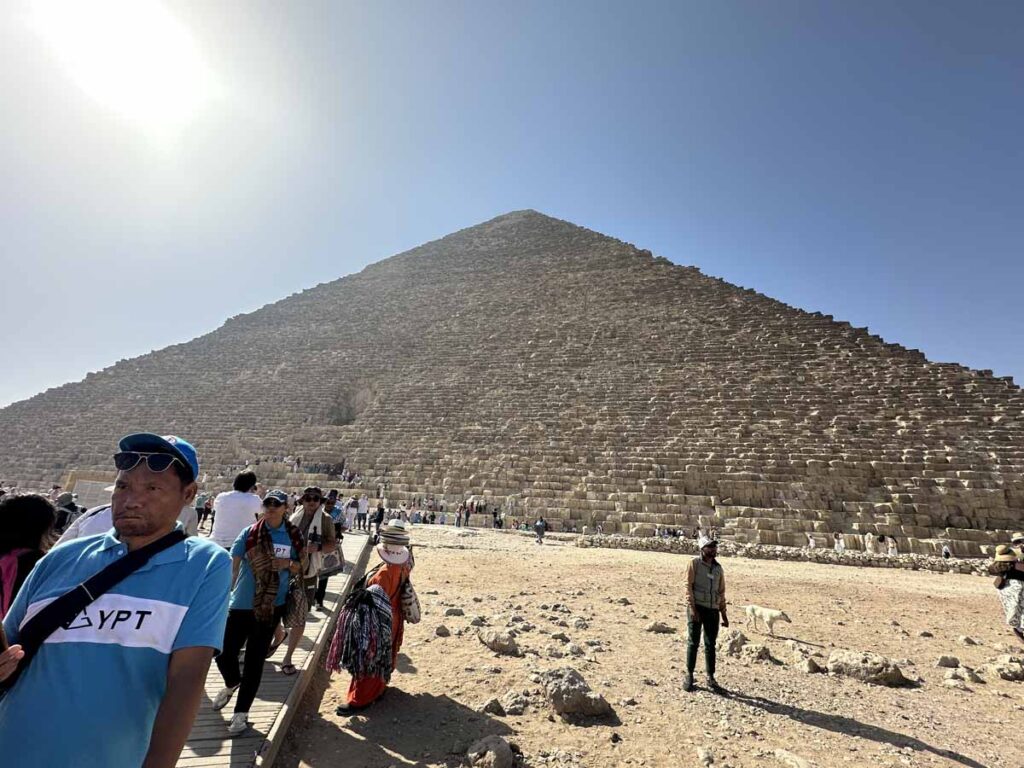
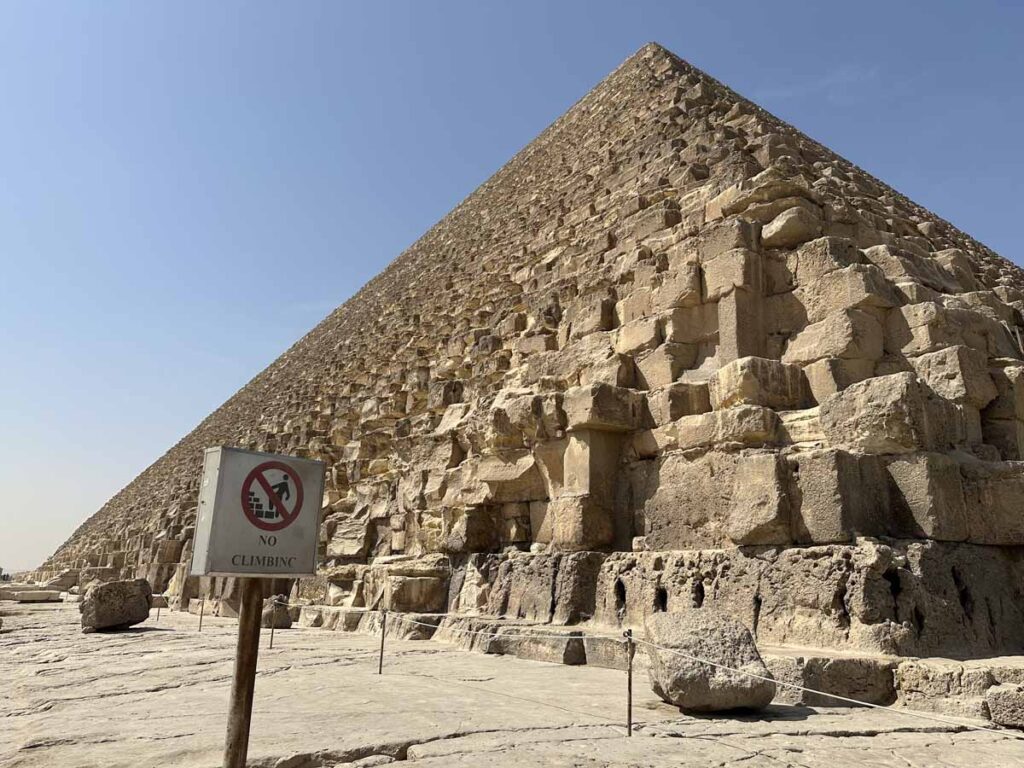
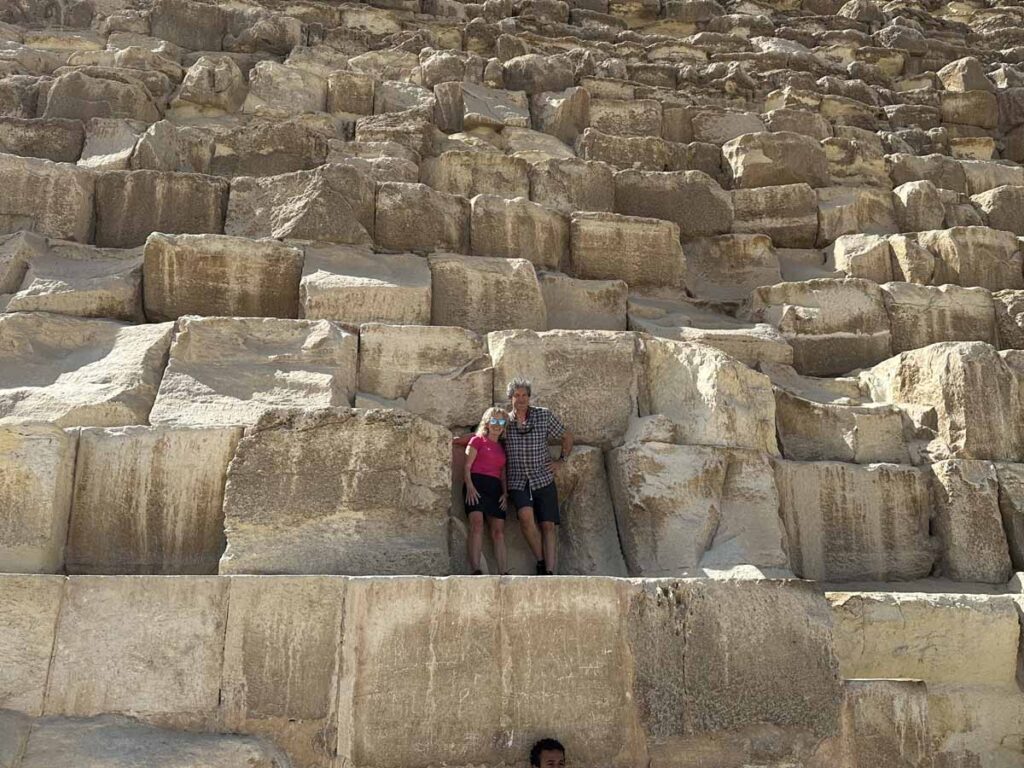
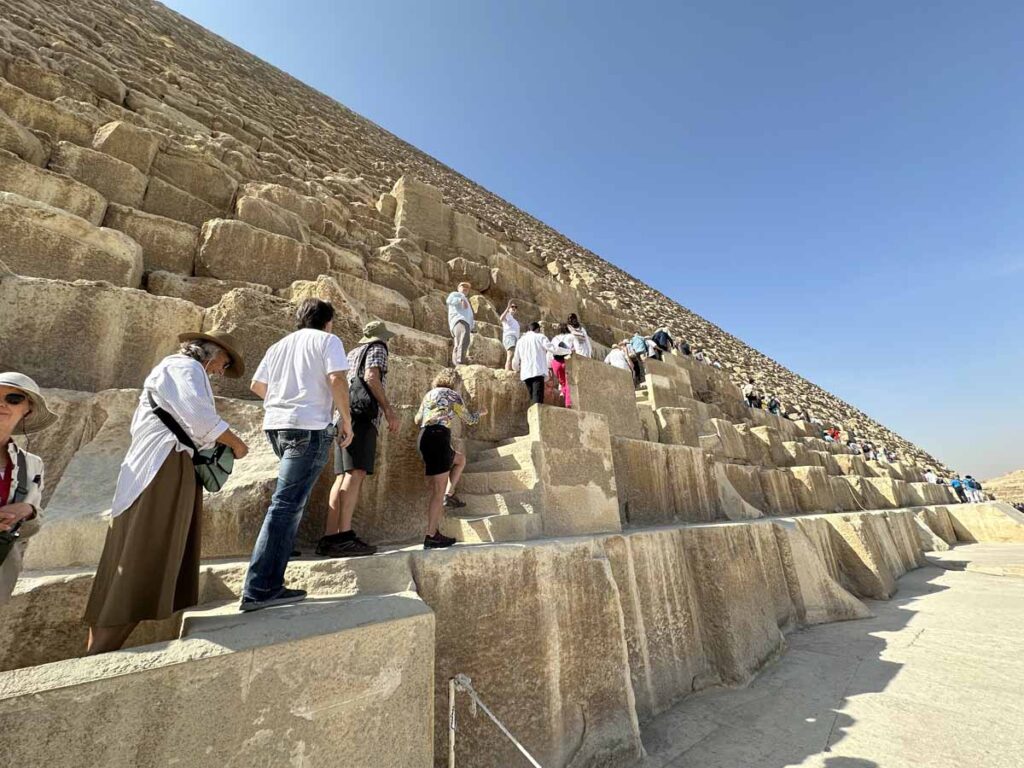
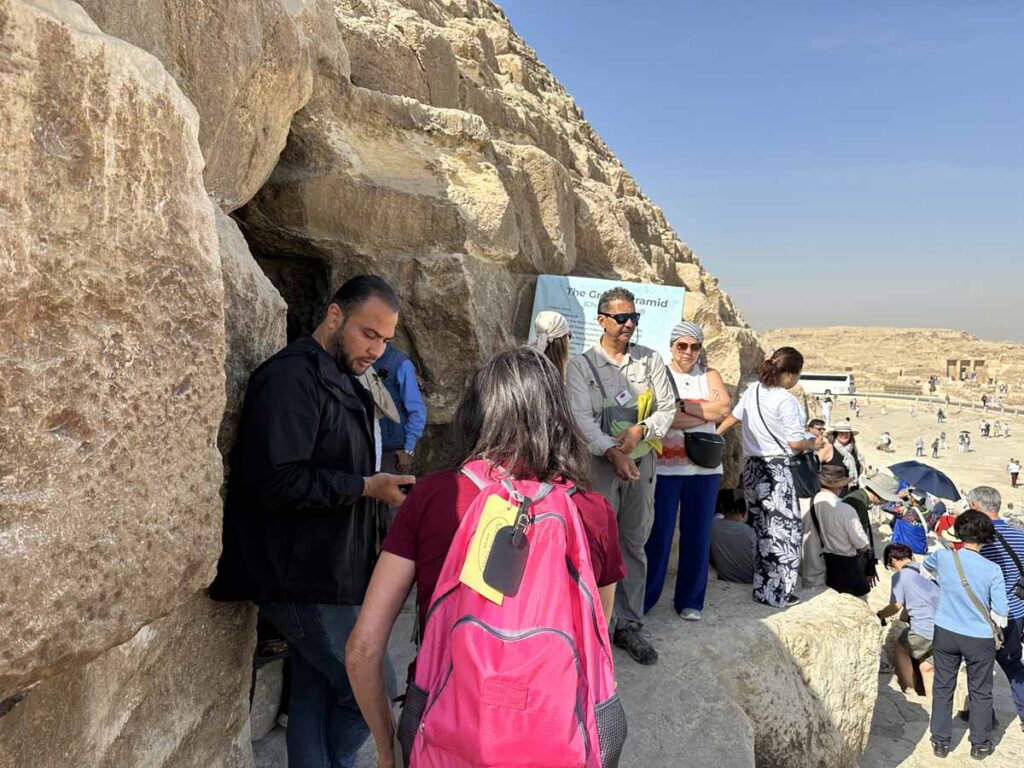

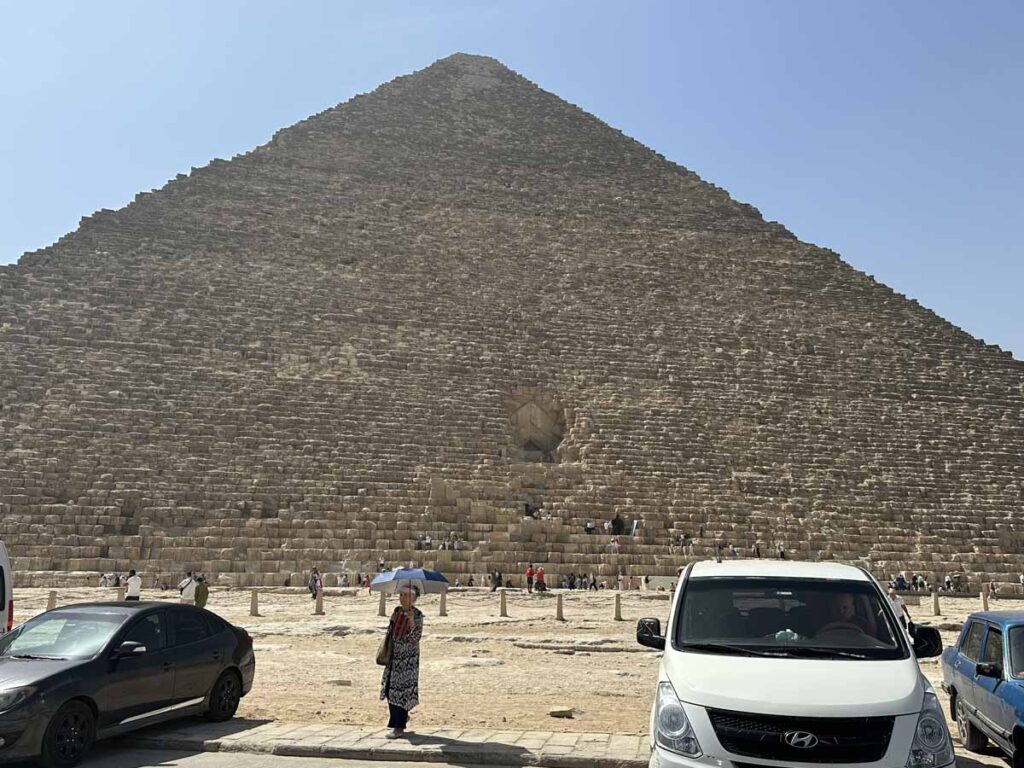
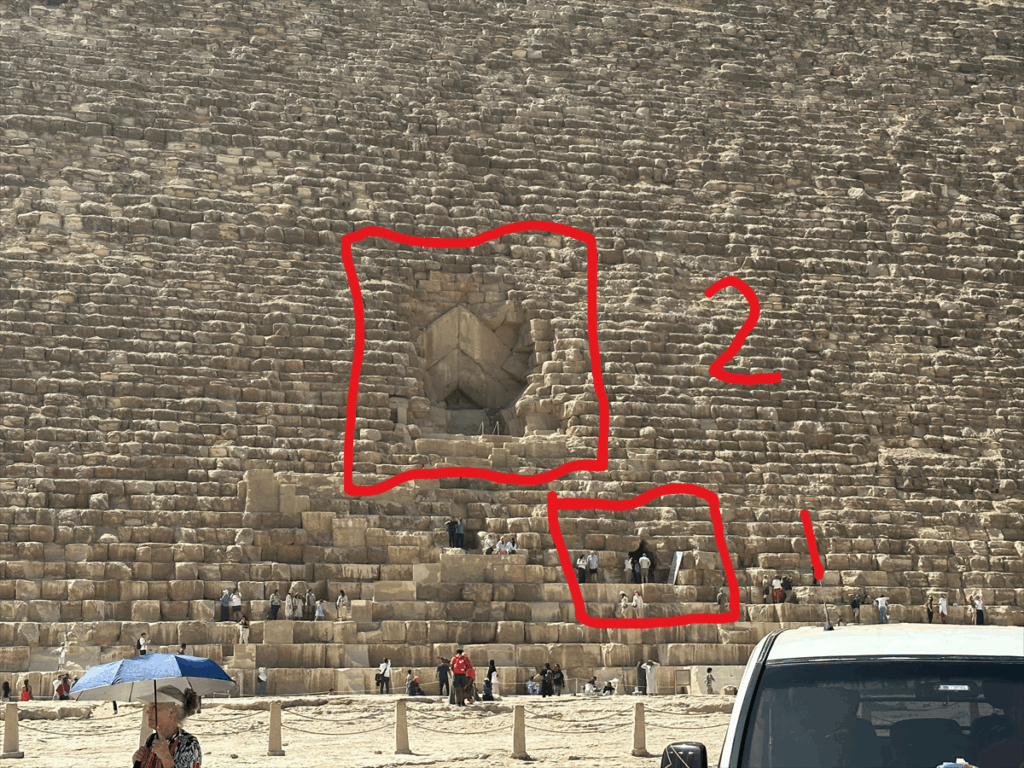
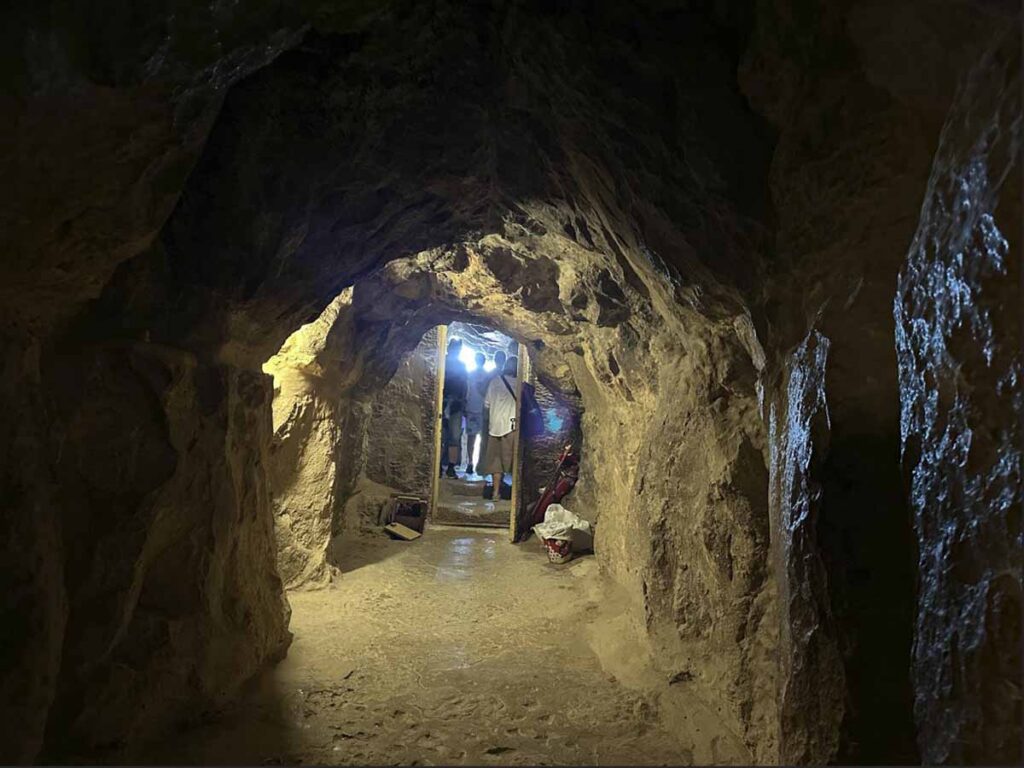
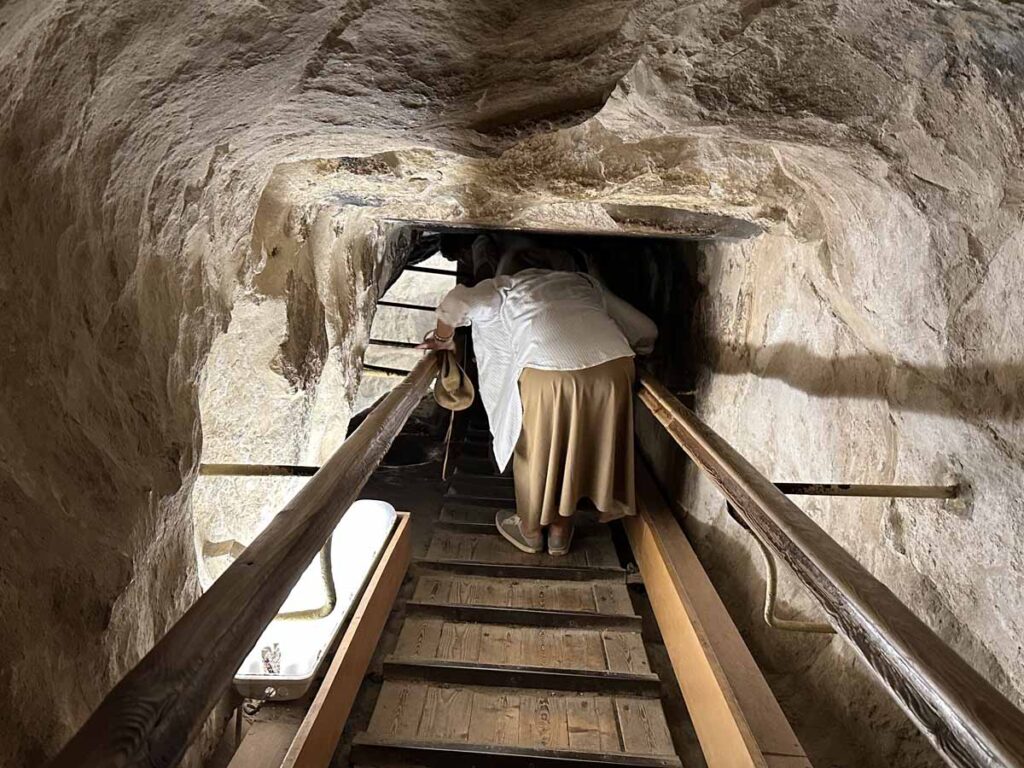


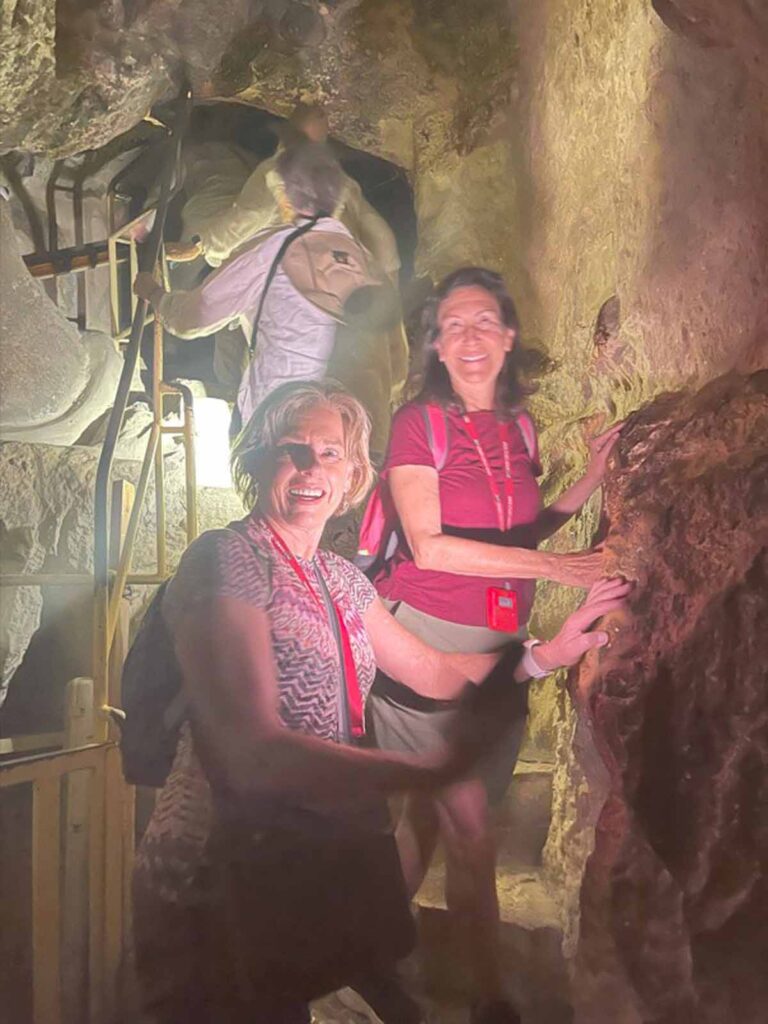
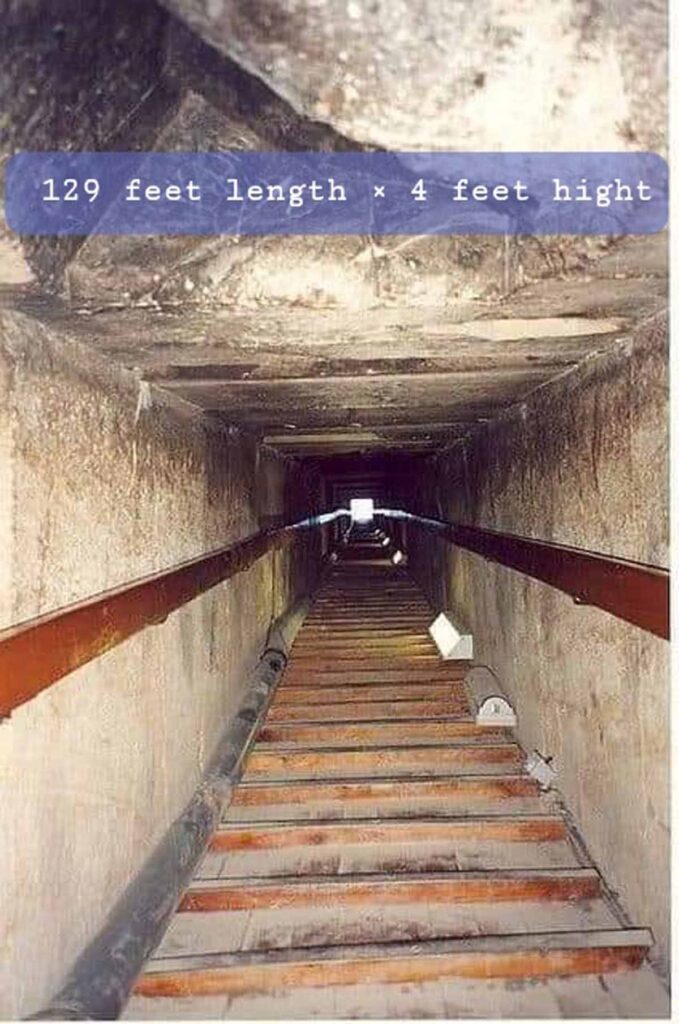

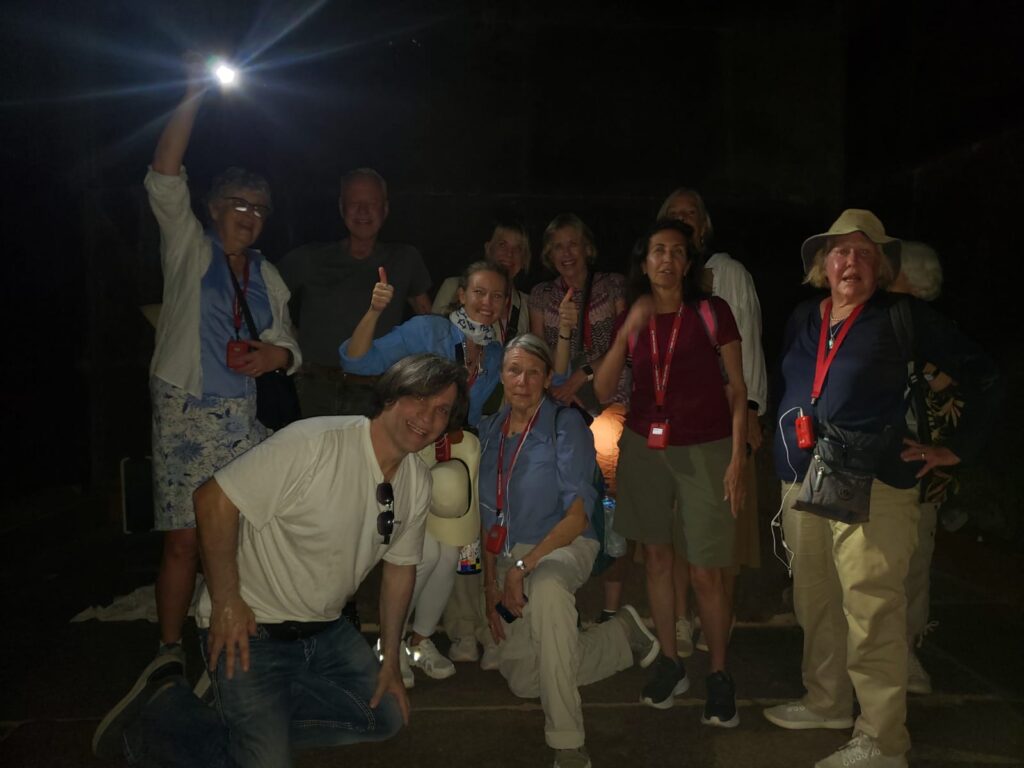
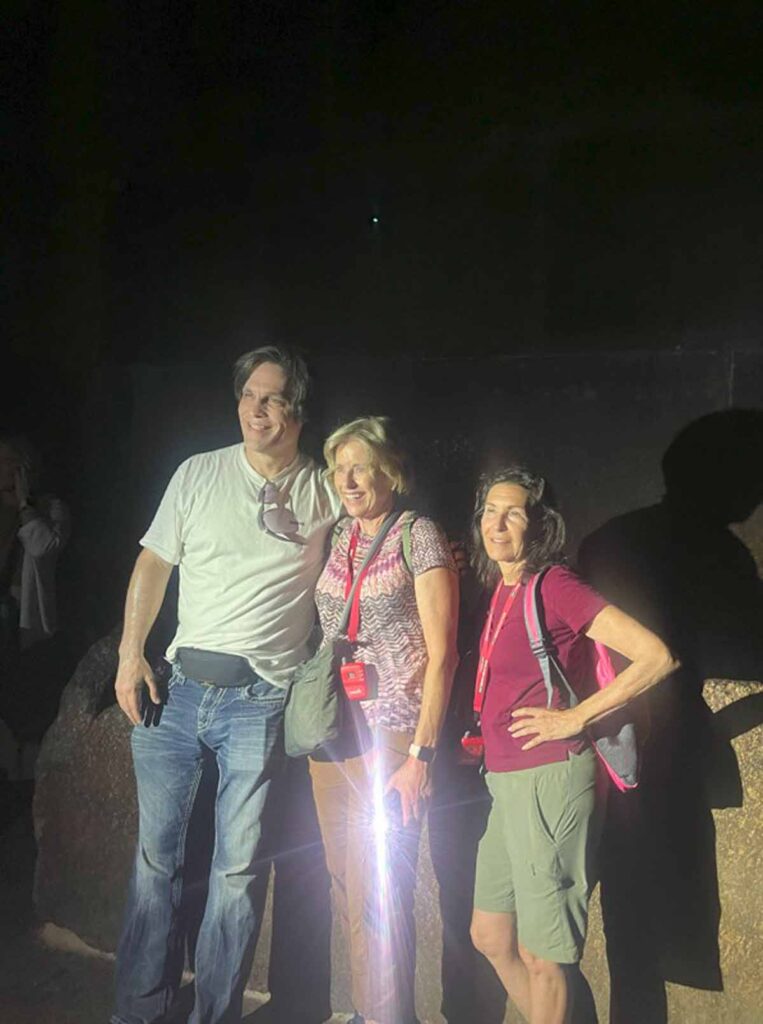
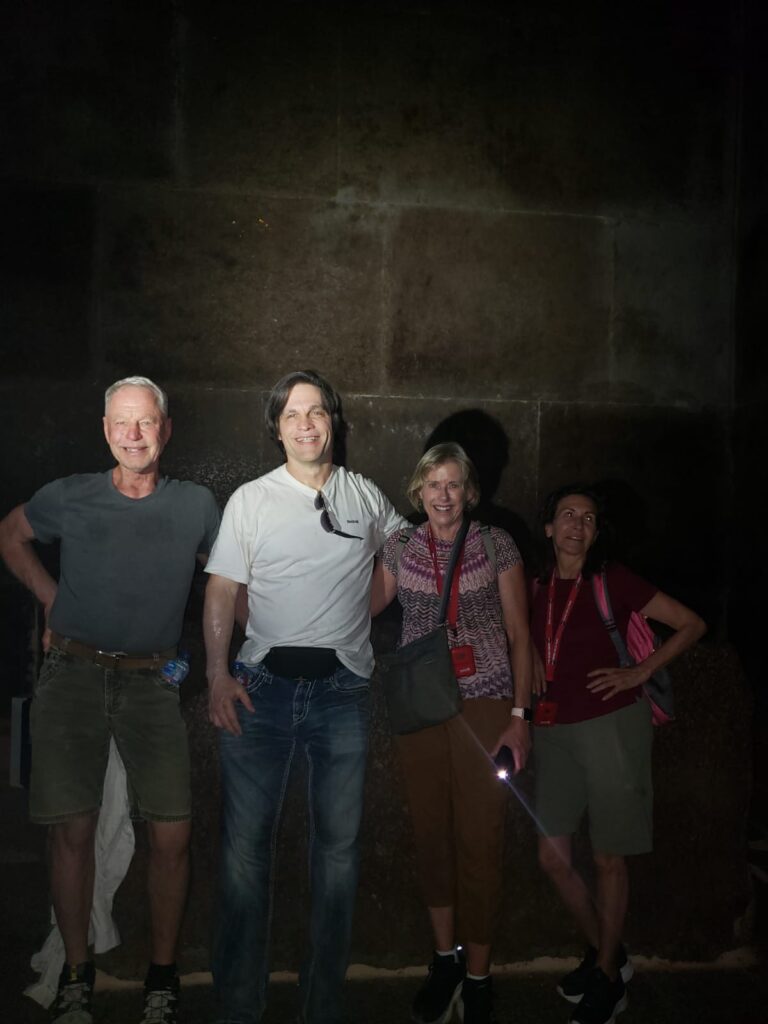
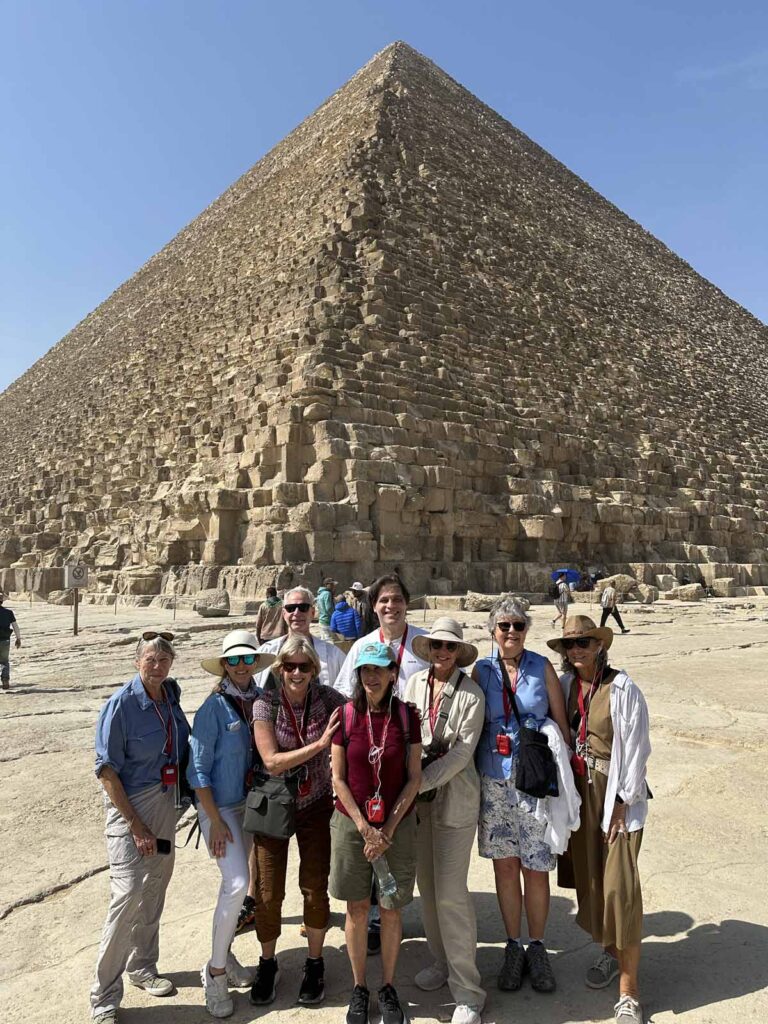
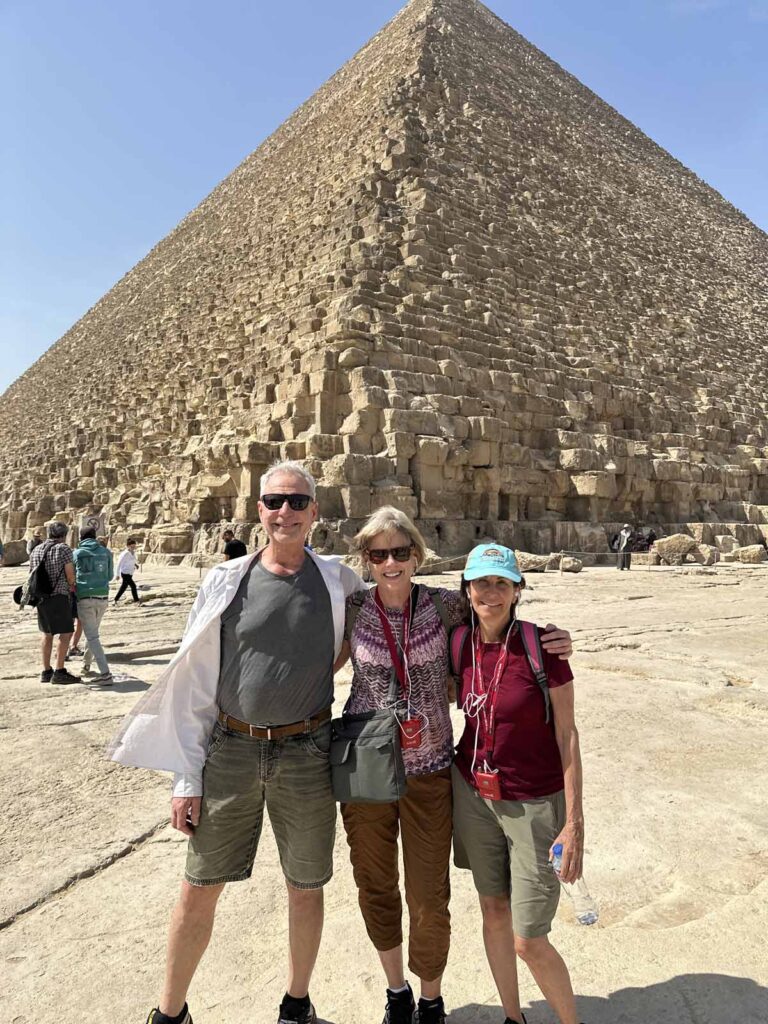
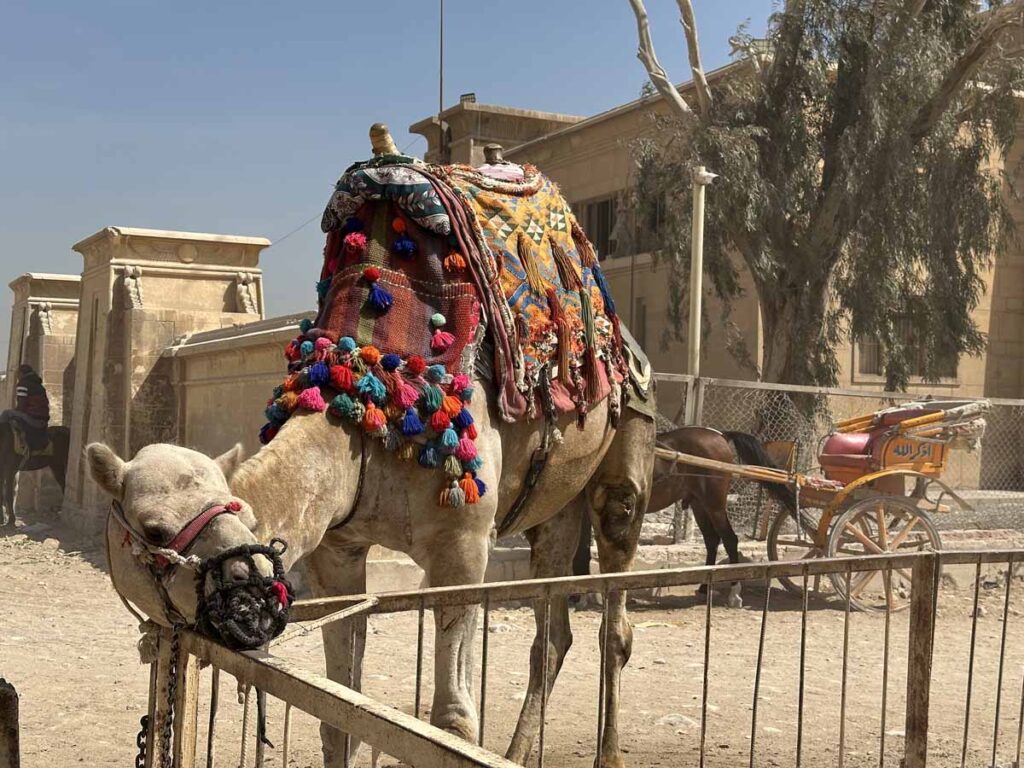




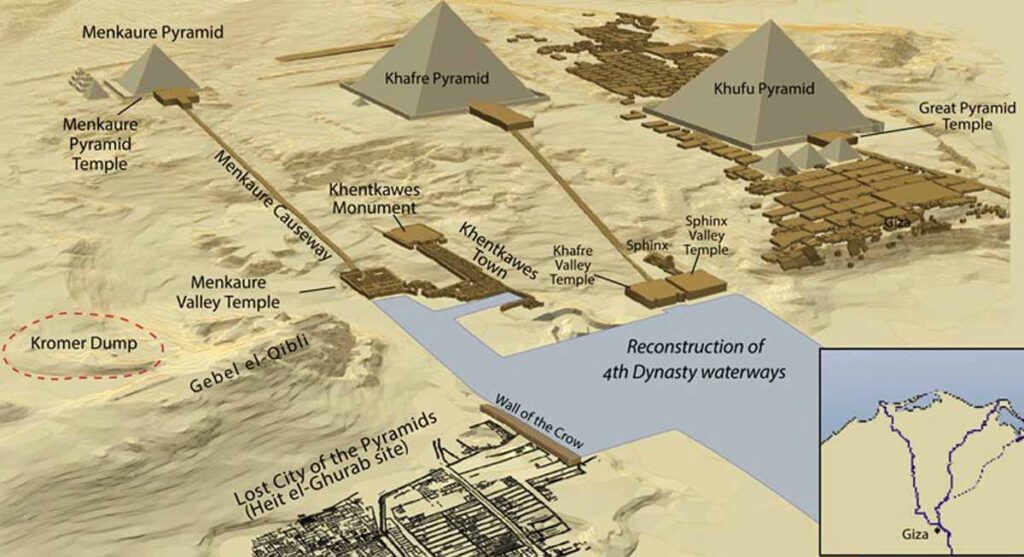
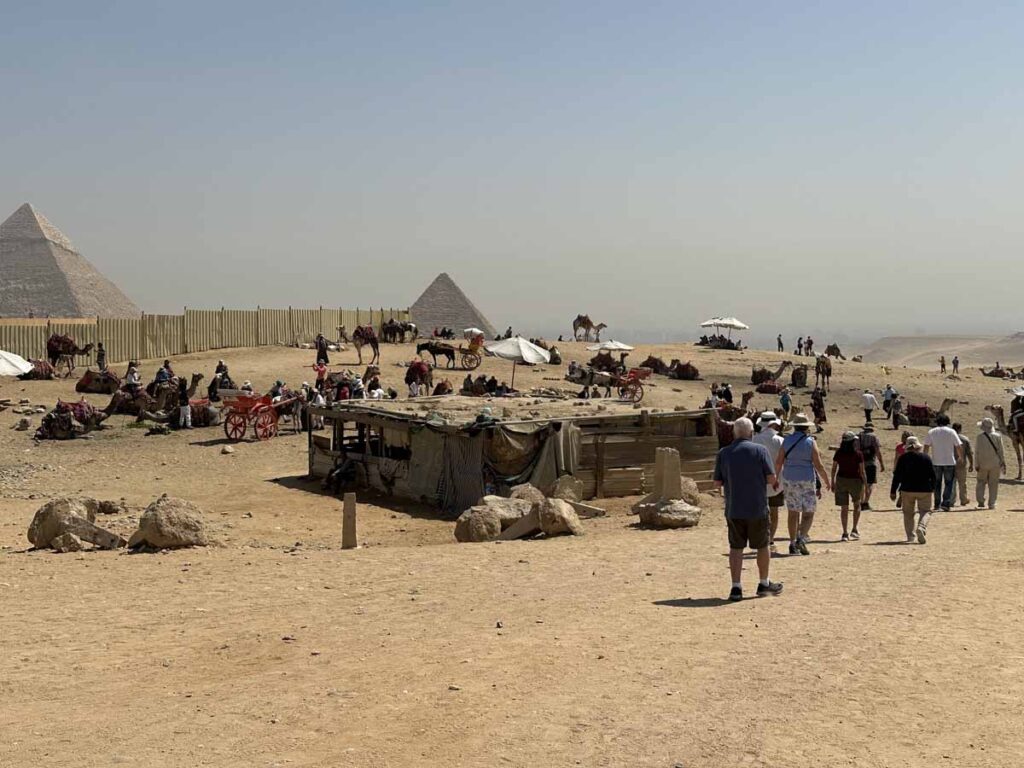
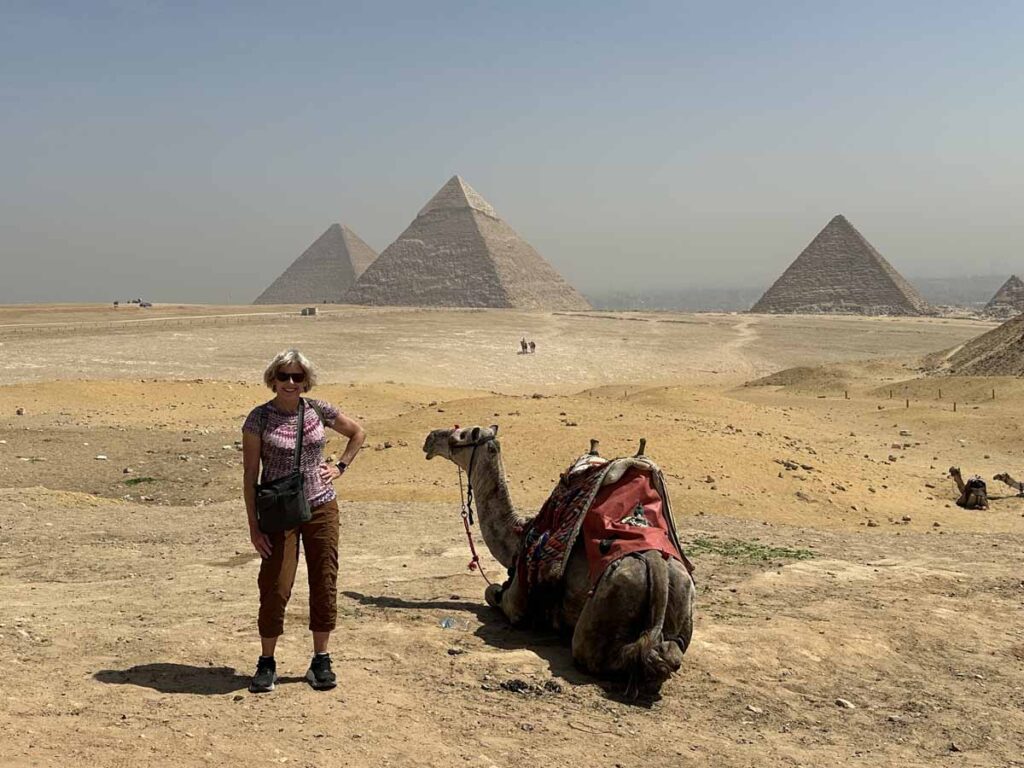
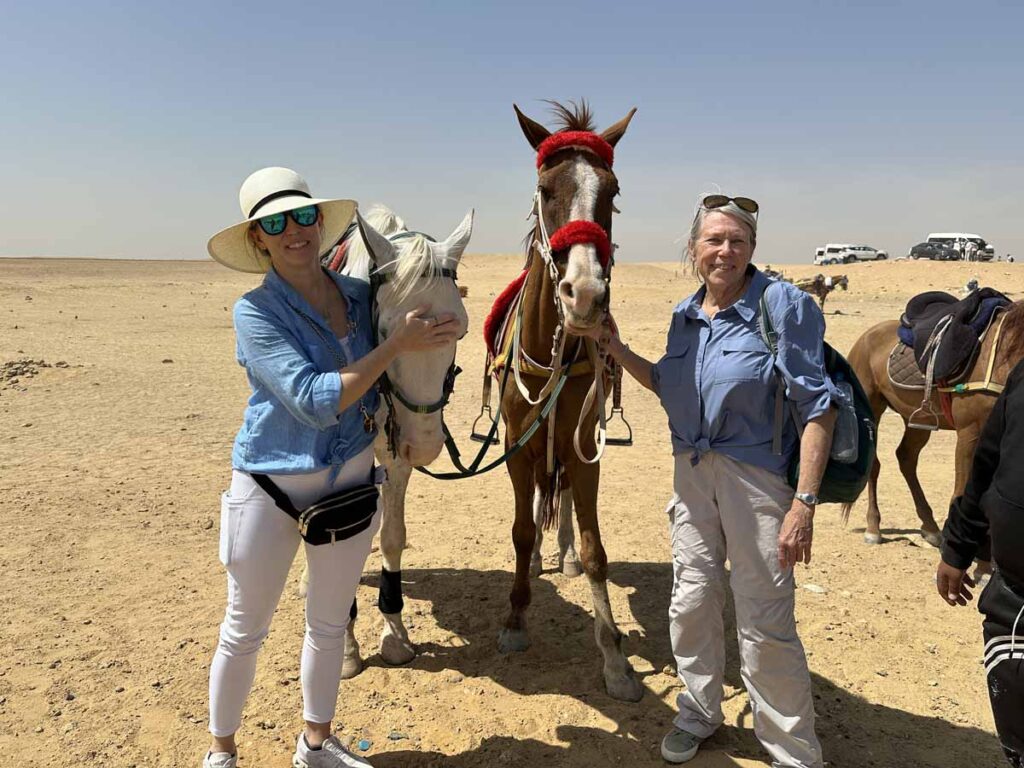

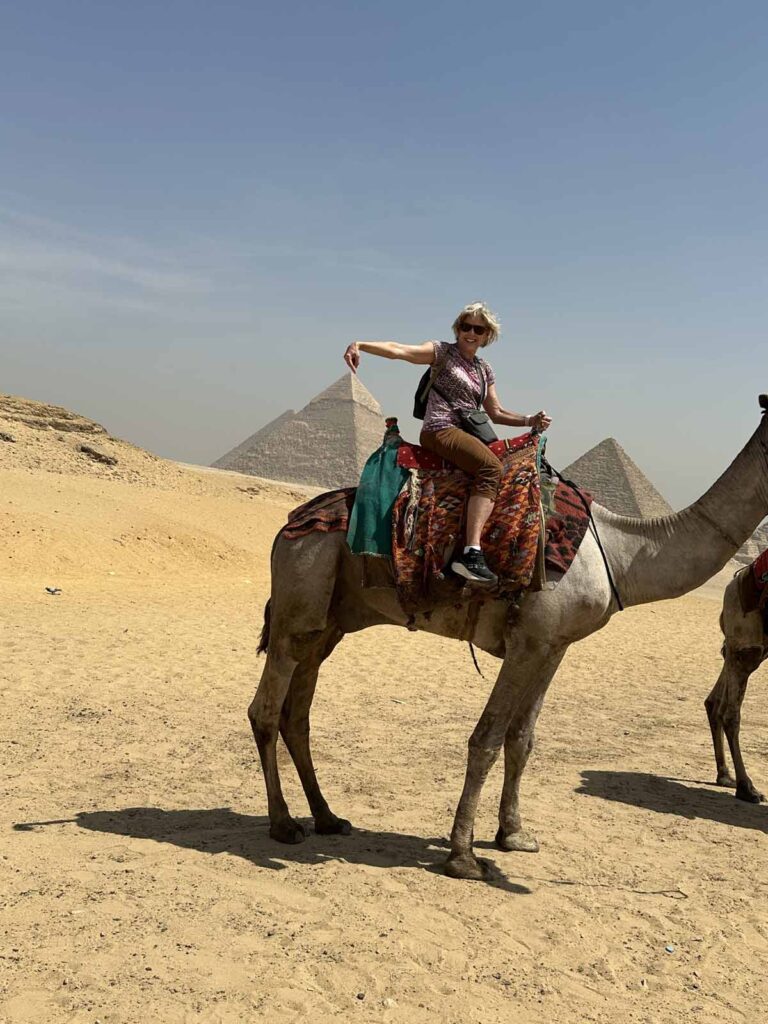
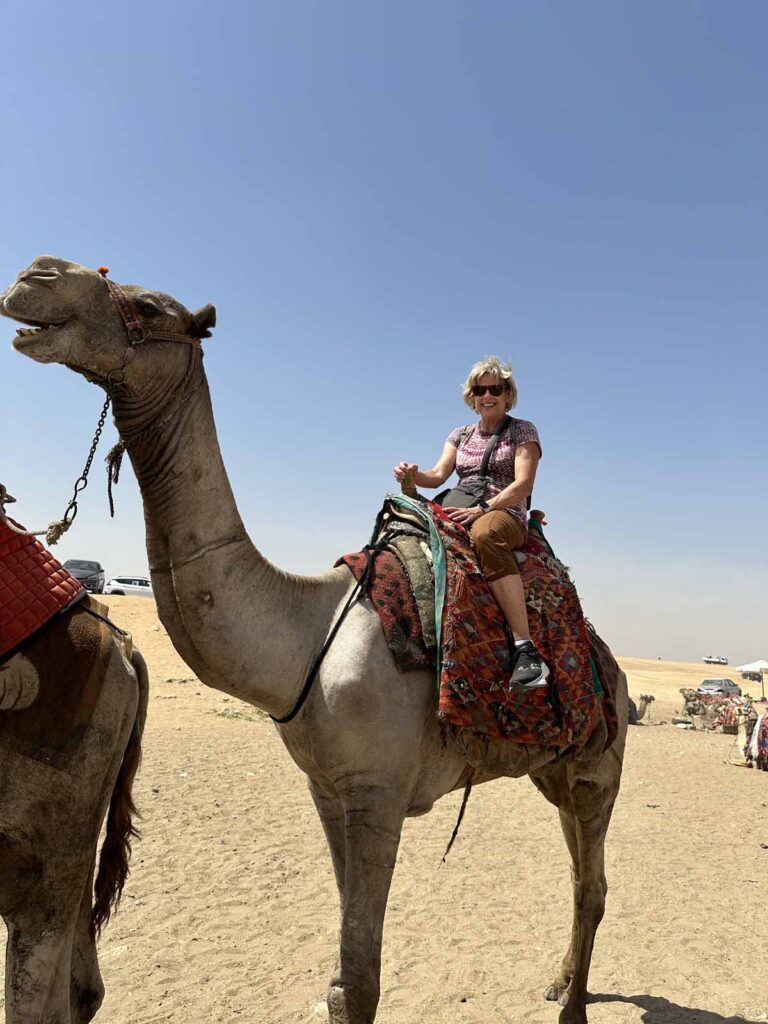

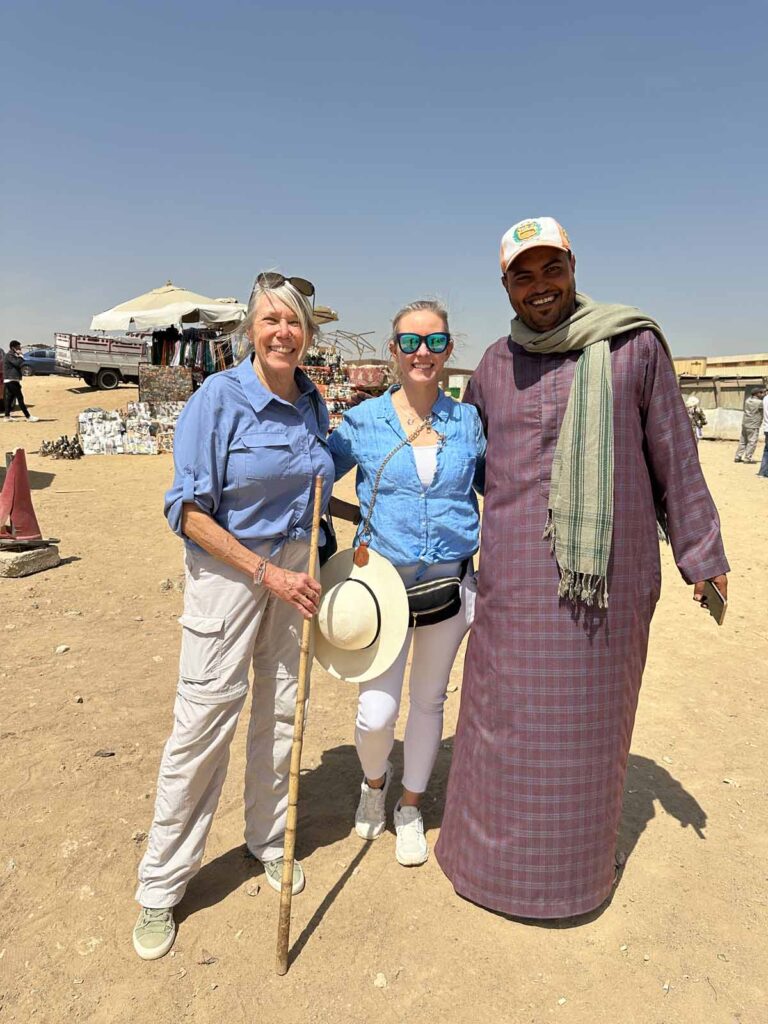
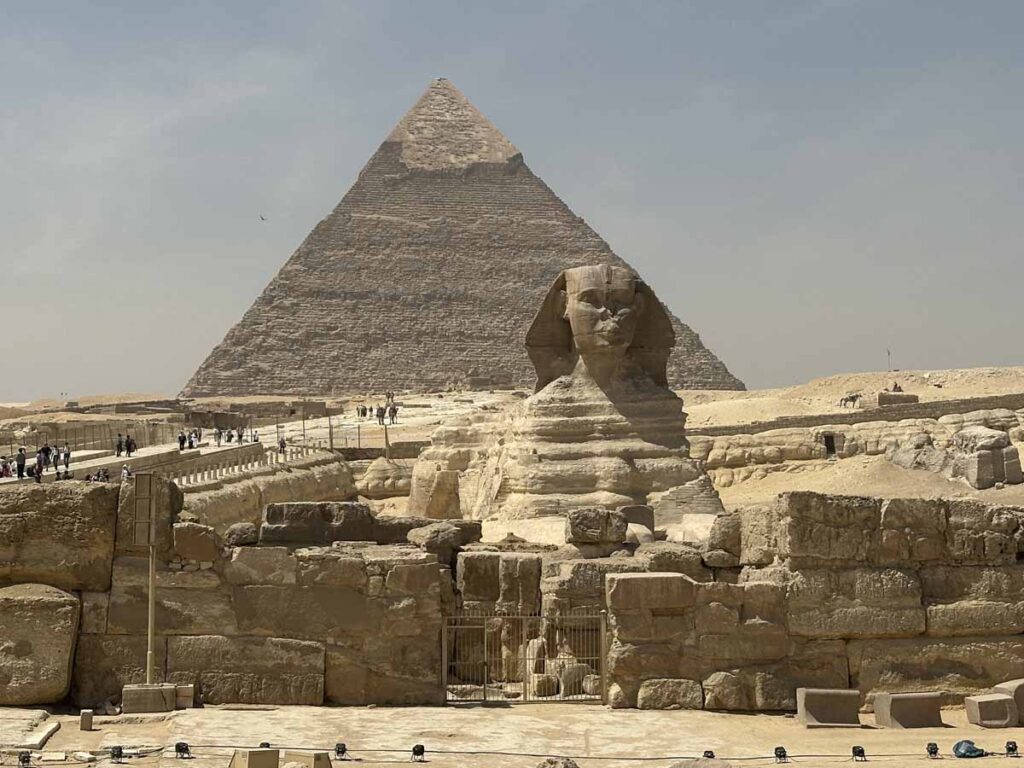

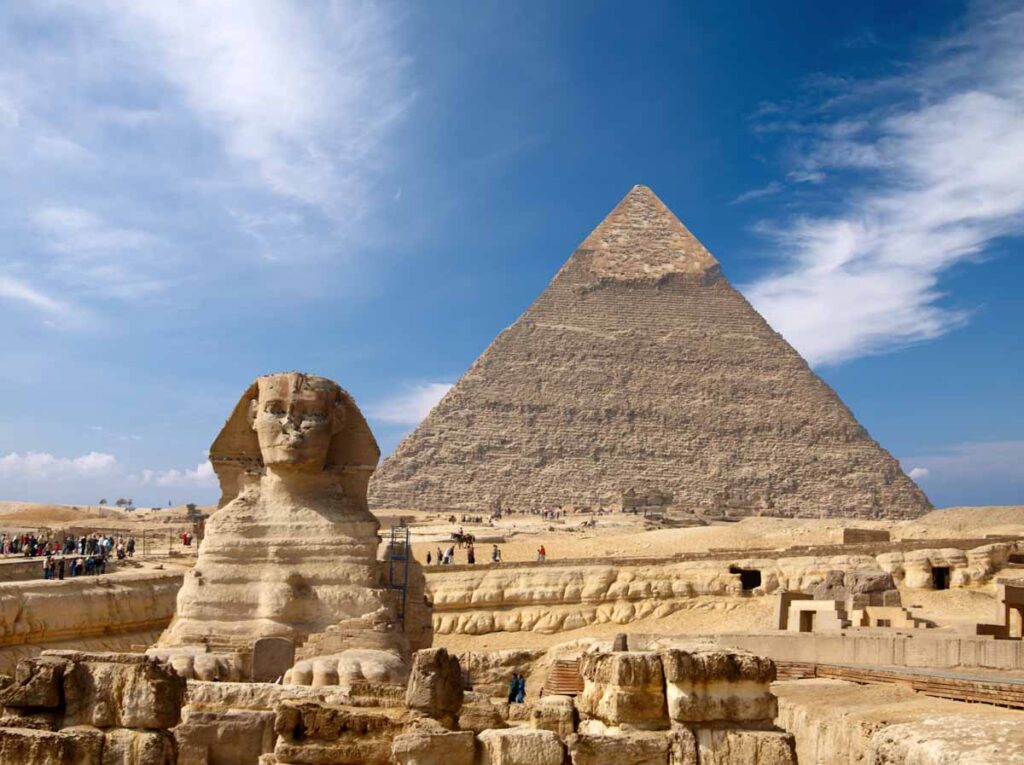
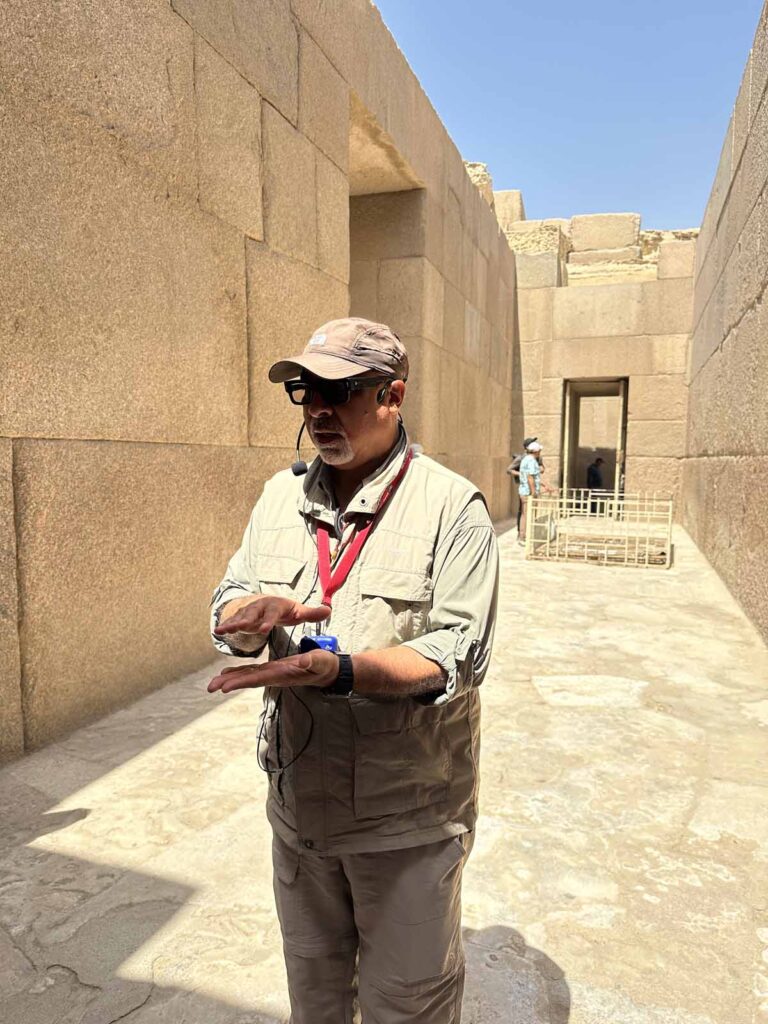

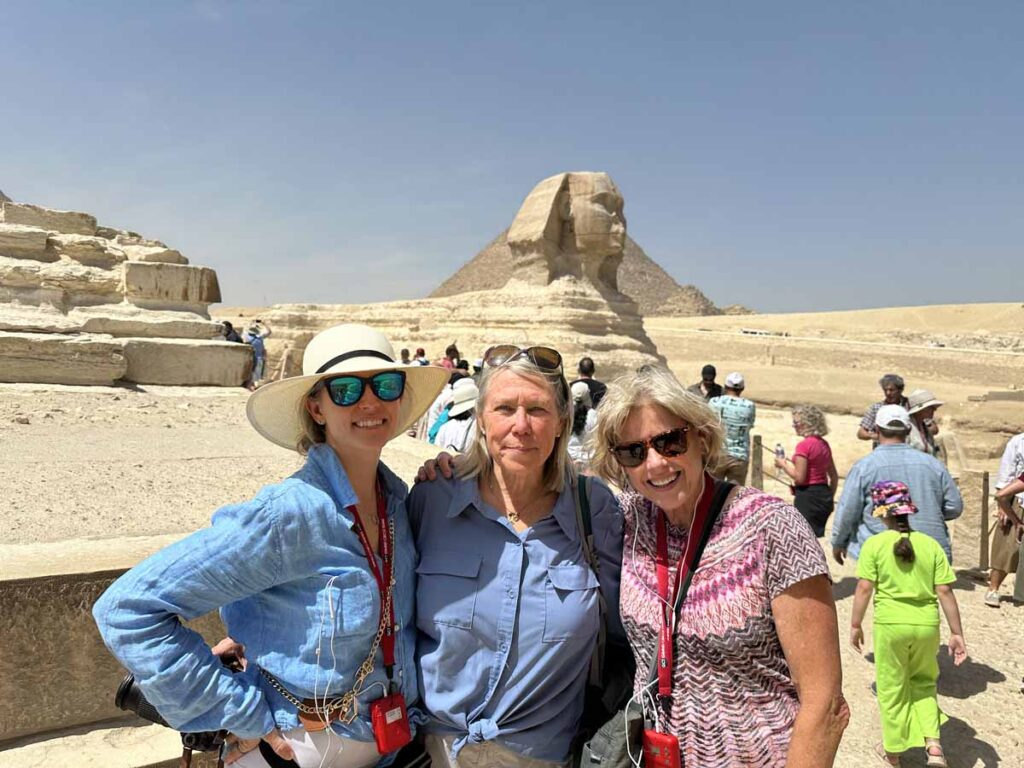
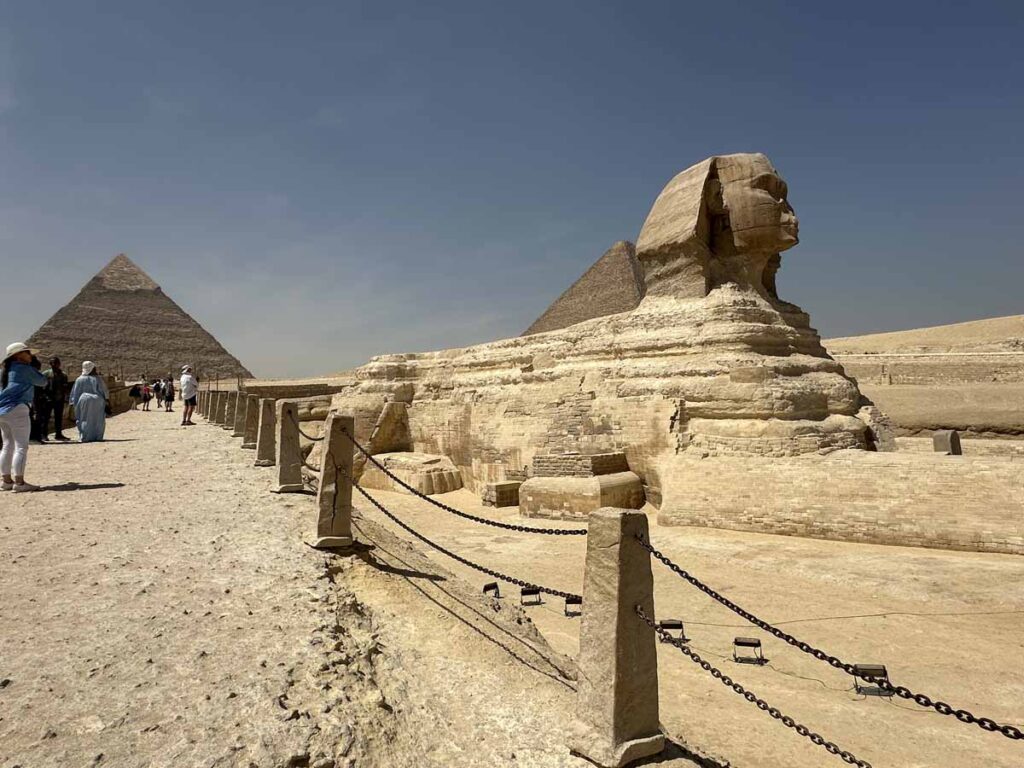


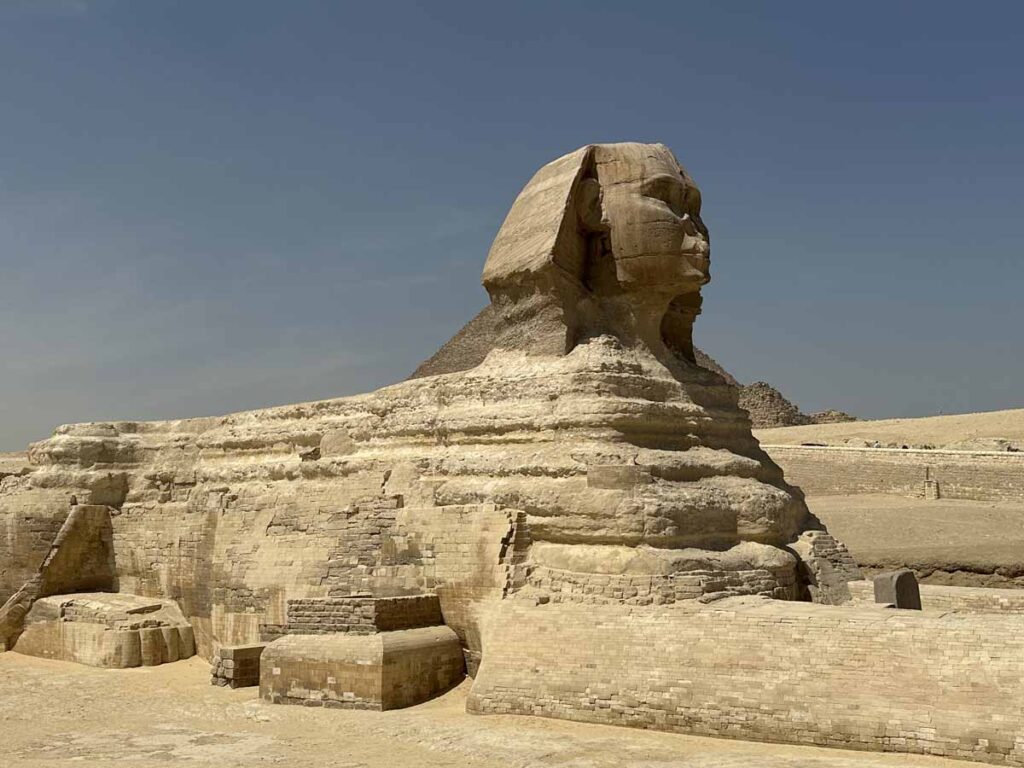
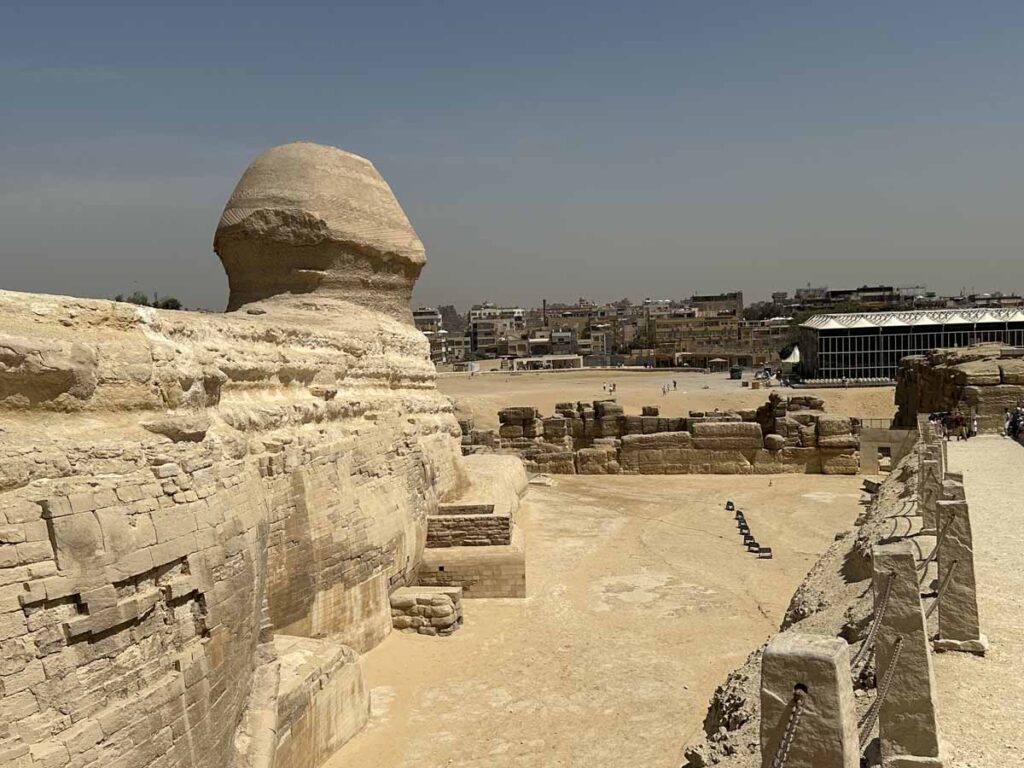
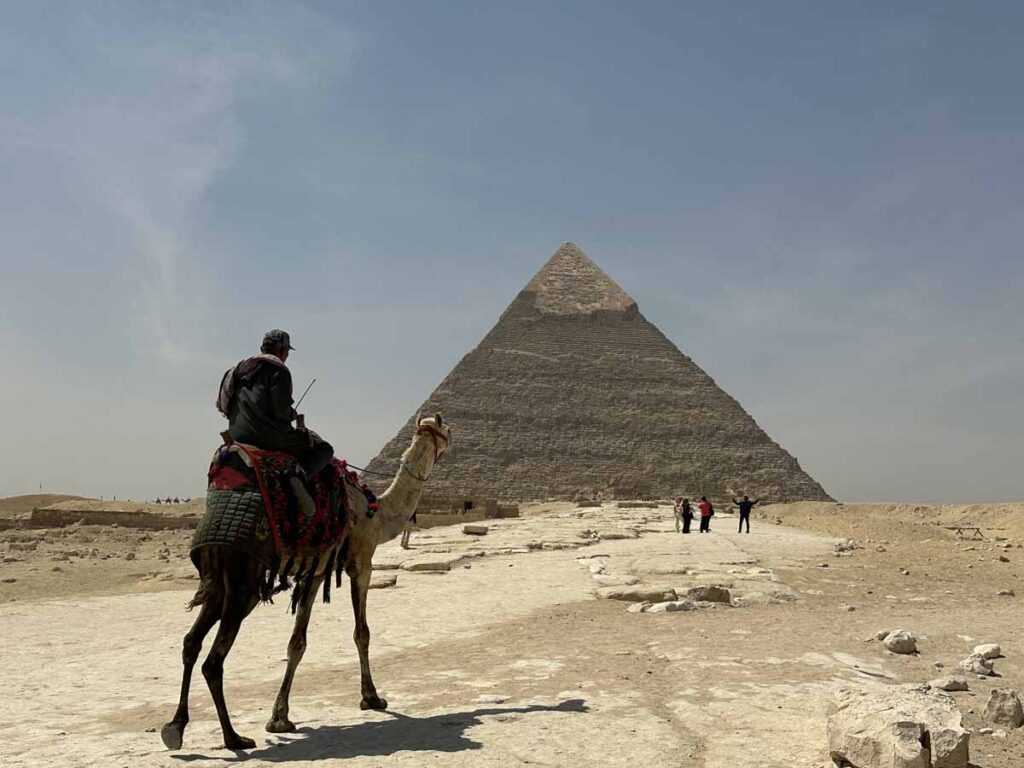
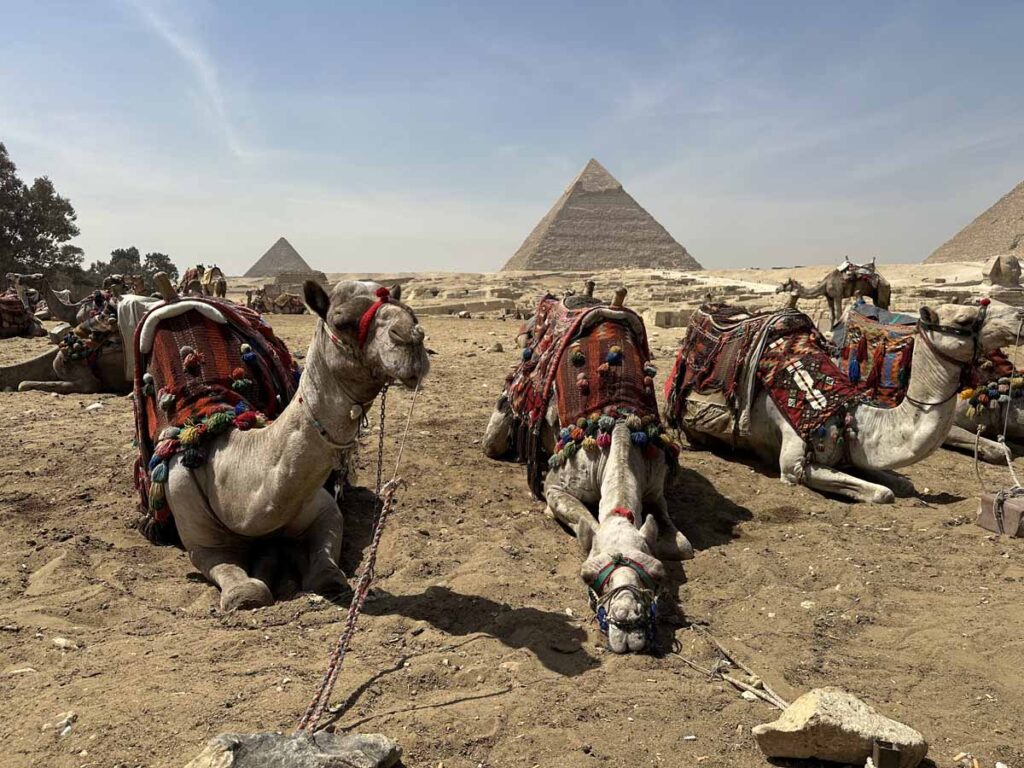
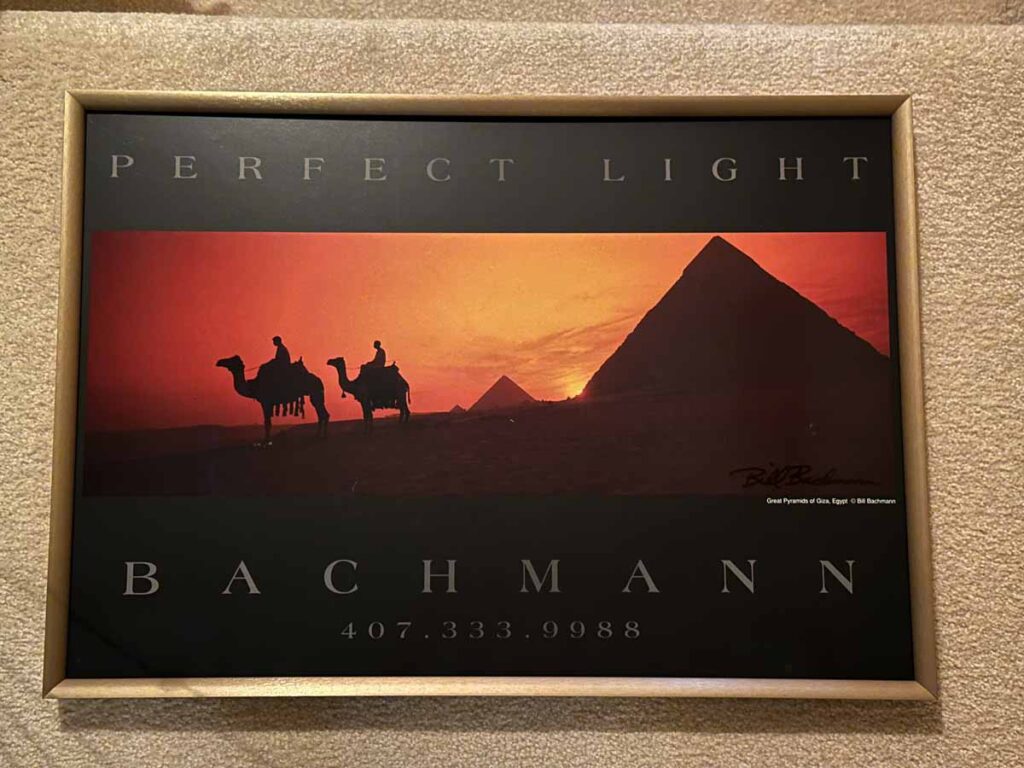
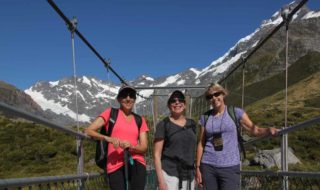



Post a Comment